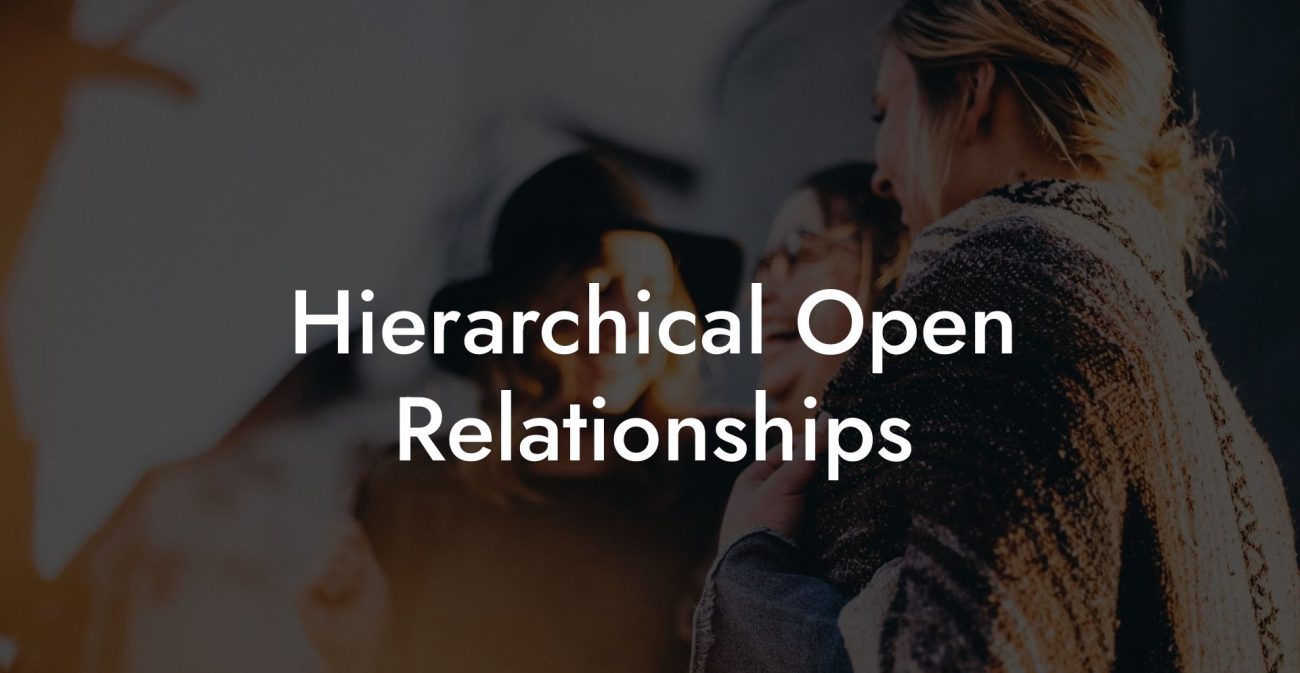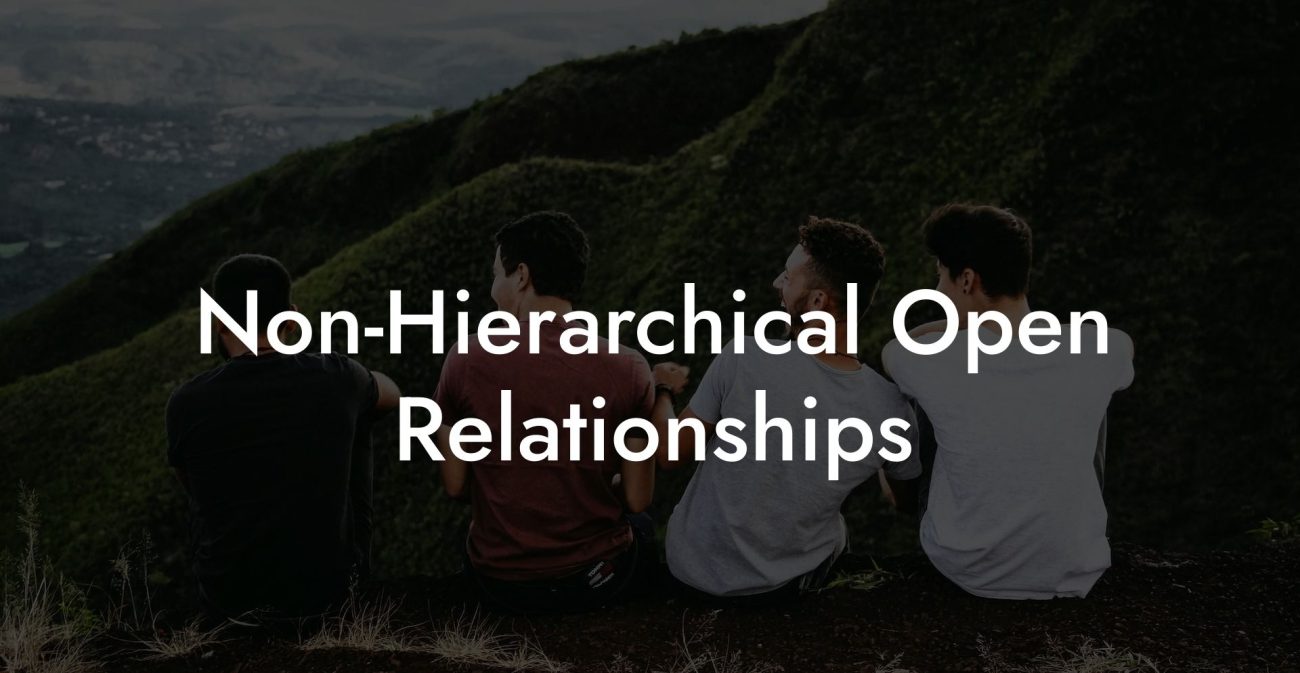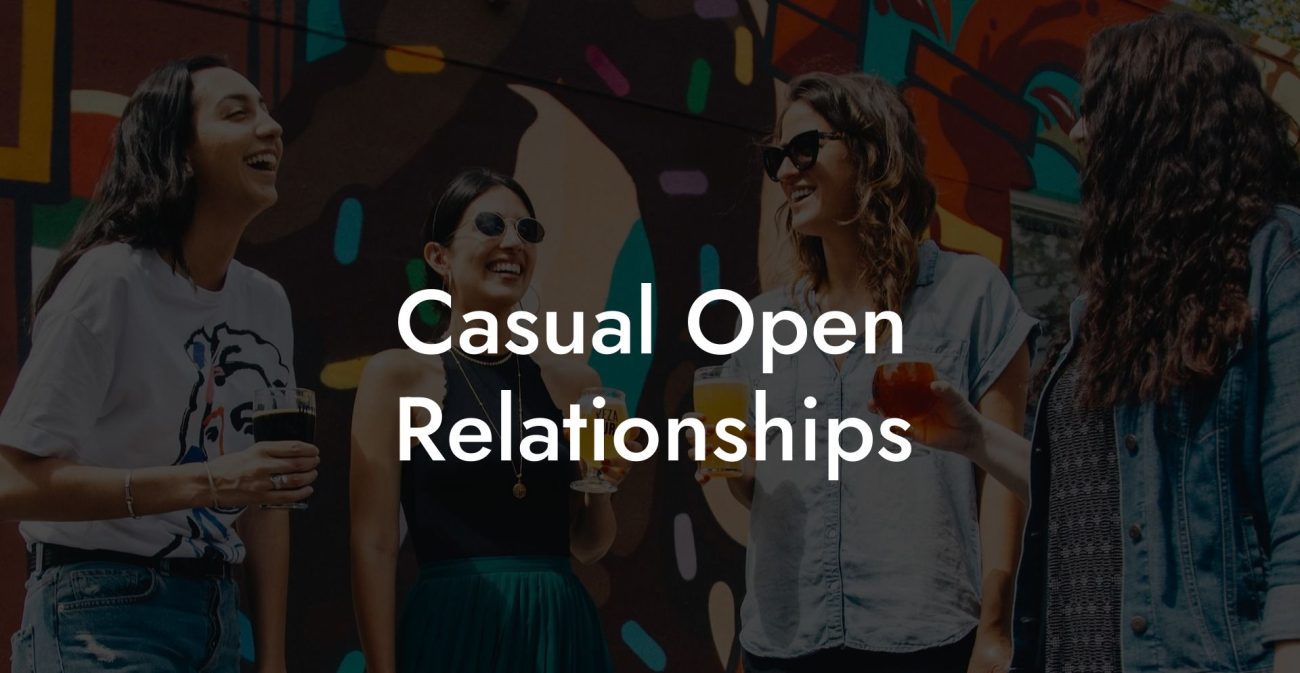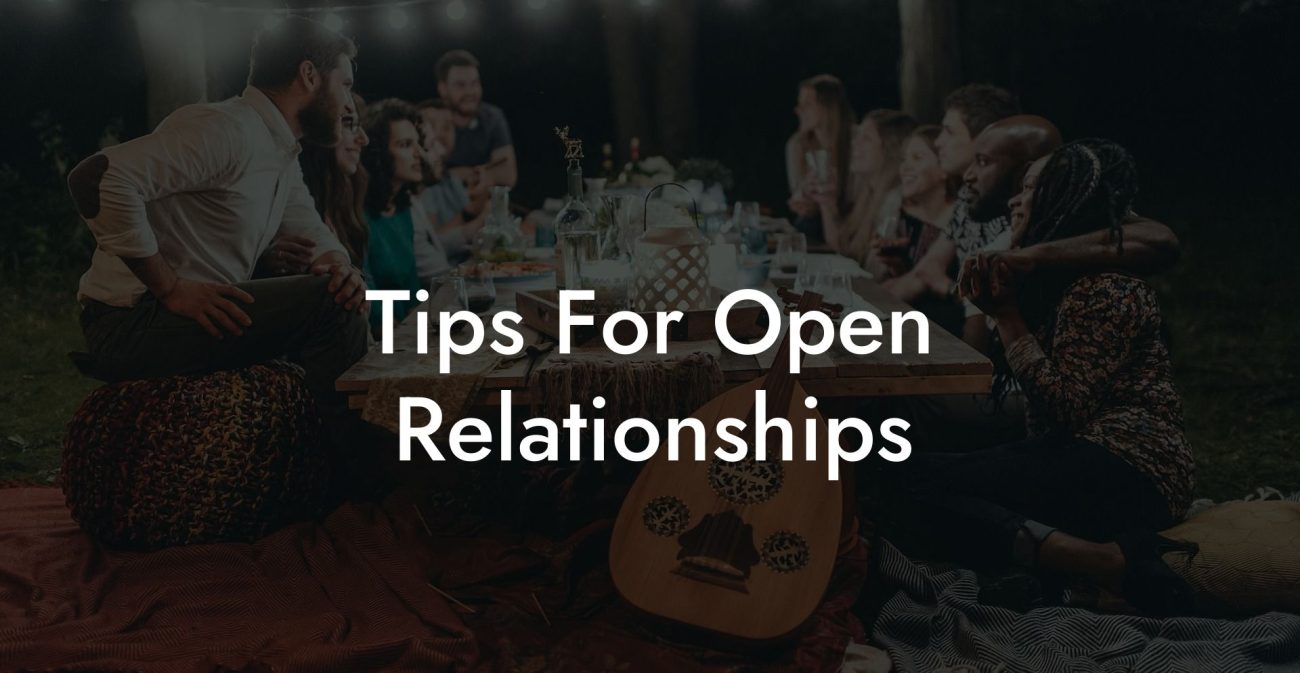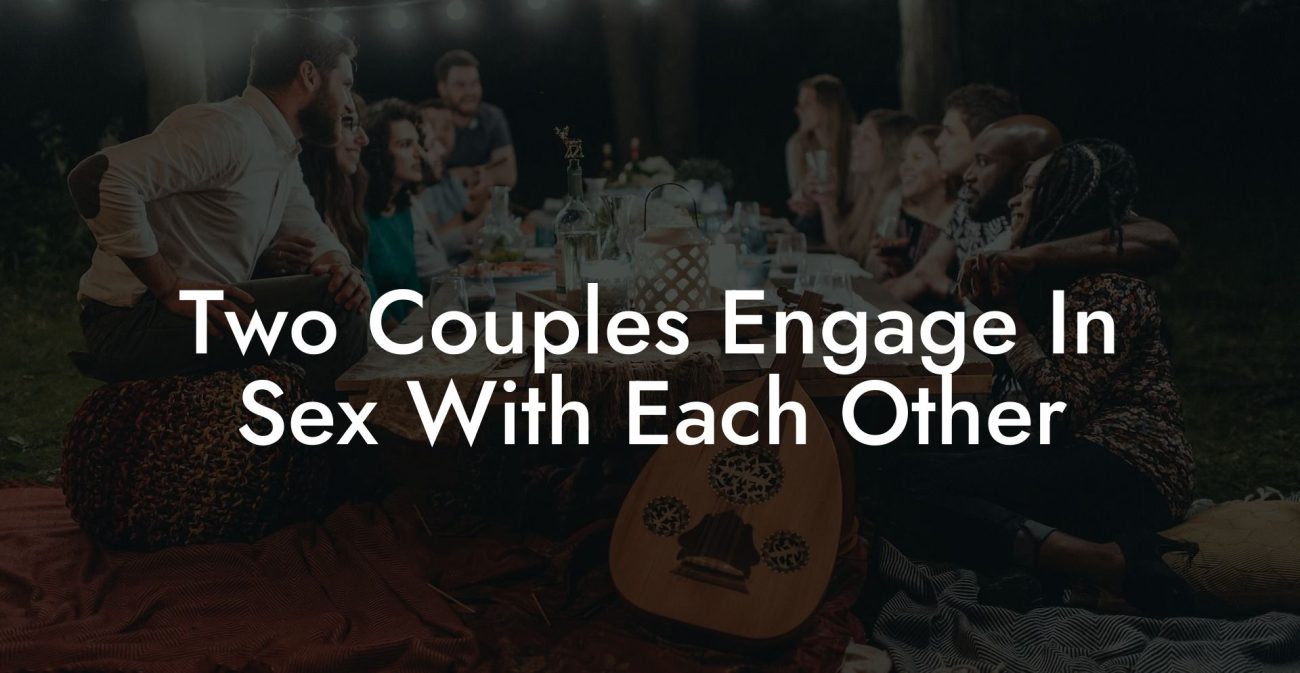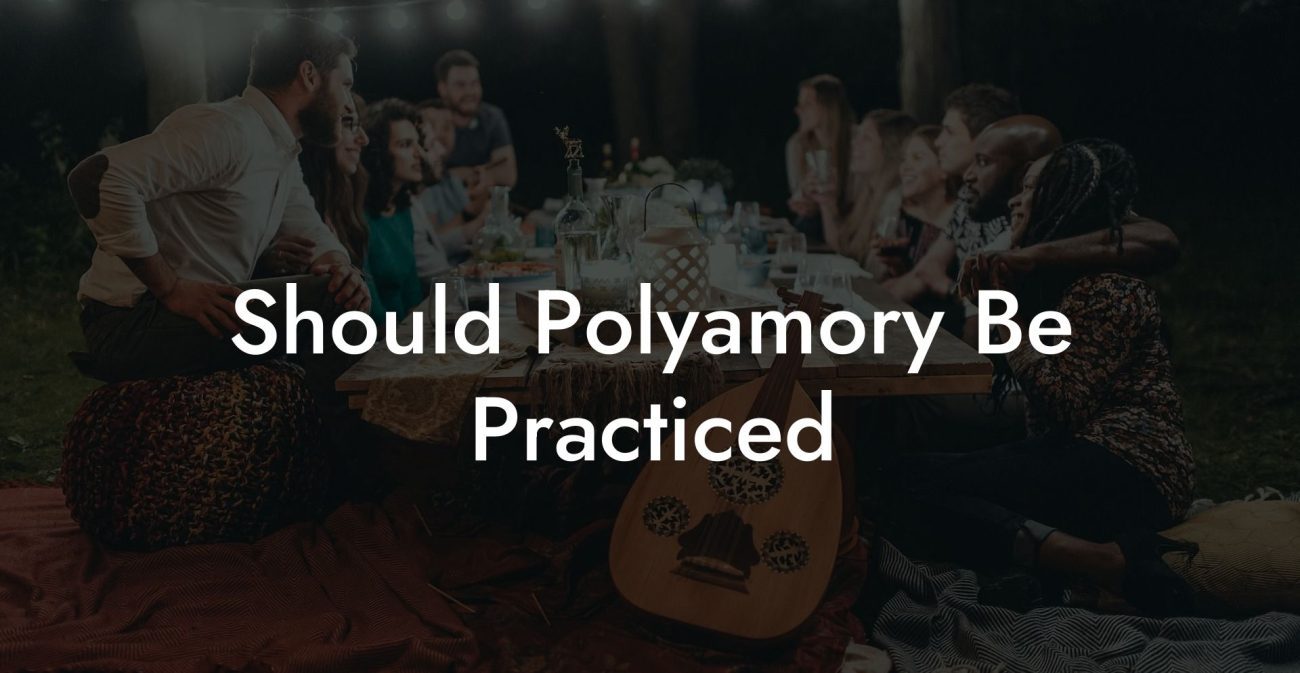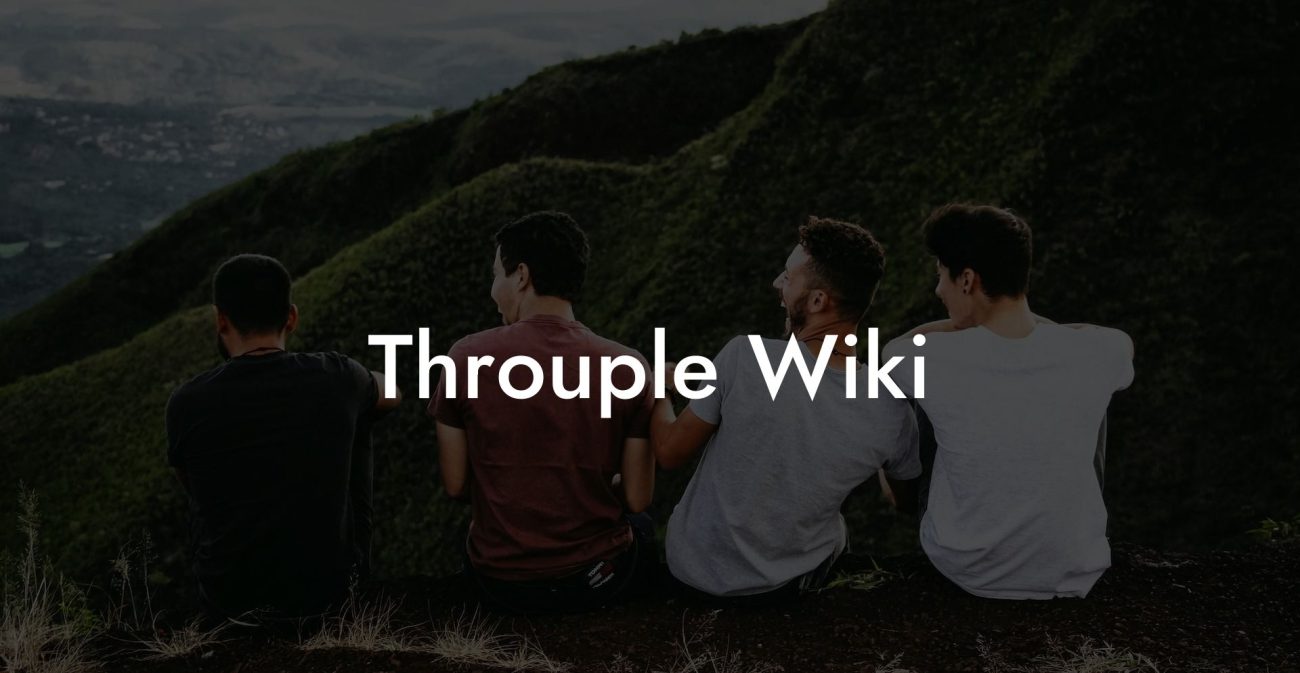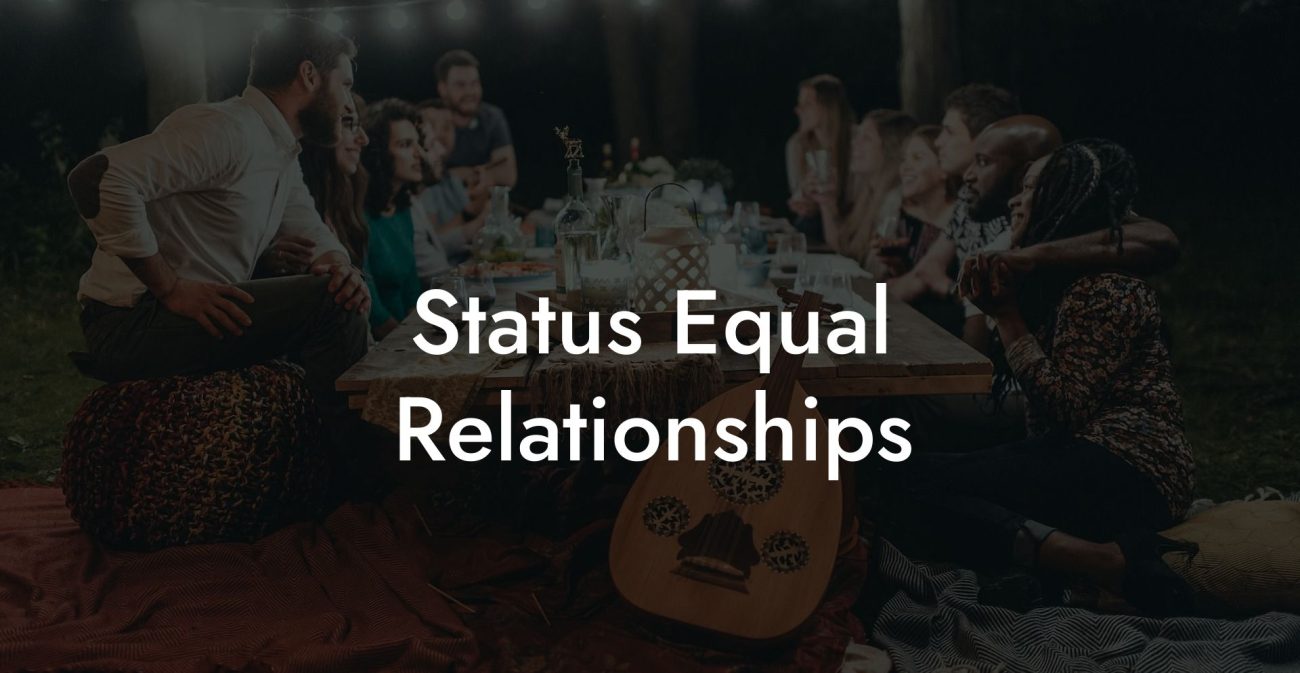What Percentage Of People Have Open Relationships?

As interest in non-monogamous lifestyles grows, many people are curious about how common open relationships are and what factors influence these numbers. In this guide, we’ll explore various studies and surveys, discuss methodological differences, examine demographic trends, and provide expert insights into the prevalence of open relationships. Whether you’re new to the concept or looking for detailed statistics, this resource will offer a clear and informed overview.
Quick Links to Useful Sections
- The Growing Curiosity About open relationships
- Research Studies and Statistical Estimates
- Survey Findings in the United States
- International Perspectives
- Factors Influencing the Statistics
- Definition and Methodology
- Cultural and Social Norms
- Generational Shifts
- Interpreting the Data: What Do These Numbers Mean?
- Benefits and Implications of Understanding These Statistics
- Normalizing Non-Monogamy
- Informing Relationship Choices
- Encouraging Further Research
- Frequently Asked Questions (FAQ)
The Growing Curiosity About open relationships
Open relationships have gained increased visibility in recent decades as cultural norms shift and individuals explore consensual non-monogamy. While traditional monogamous relationships remain the norm in many societies, open relationships offer an alternative model that emphasizes freedom, transparency, and personal autonomy. A key question that arises in this context is: "What percentage of people have open relationships?" Understanding these statistics not only provides insight into how widespread open relationships are but also helps normalize the discussion around non-traditional relationship models.
In this guide, we will examine the current Data Research and statistics related to open relationships, analyze trends among different demographics, and discuss the factors that contribute to the prevalence of these relationships. We’ll also consider the challenges of collecting accurate data in this field and offer practical tips for interpreting the findings.
Research Studies and Statistical Estimates
Survey Findings in the United States
Various surveys and studies have attempted to measure the prevalence of open relationships in the United States. Although definitions and methodologies vary, a number of key findings have emerged:
- Prevalence Rates: Some studies estimate that roughly 4-5% of the adult population in the U.S. is currently involved in an open relationship. These figures often come from large-scale surveys that ask respondents about their relationship status and practices.
- Lifetime Experience: Other research indicates that a higher percentage of people, sometimes around 10-20%, have experimented with or considered open relationships at some point in their lives. This suggests that while only a minority may currently be in an open relationship, curiosity and experimentation with non-monogamy are more widespread.
- Demographic Variations: Younger adults, particularly Millennials and Gen-Z, tend to be more open to non-monogamous arrangements. Studies have shown that these groups are more likely to express interest in or have experience with open relationships compared to older generations.
It is important to note that these figures can fluctuate based on how questions are asked, the definitions used, and the sample populations surveyed.
International Perspectives
International studies also provide insight into the prevalence of open relationships, although cultural differences can have a significant impact on the numbers:
- In some European countries, where there is generally more openness about sexual and relationship diversity, surveys have reported slightly higher levels of experimentation with non-monogamy.
- Research in other regions may be limited by cultural stigma or legal constraints, which can lead to underreporting of non-traditional relationship practices.
Globally, the percentage of people involved in open relationships tends to be lower than the percentage of those who have experimented with non-monogamy, but overall interest in alternative relationship models is on the rise.
Factors Influencing the Statistics
Definition and Methodology
One of the biggest challenges in determining the percentage of people in open relationships is the lack of a uniform definition. Studies may define an "open relationship" differently, some focus solely on sexual openness, while others include emotional connections. Additionally, the method of data collection (e.g., anonymous online surveys versus face-to-face interviews) can influence the results.
Cultural and Social Norms
Cultural attitudes toward non-monogamy also play a significant role. In societies where monogamy is strongly emphasized, individuals may be less likely to report engaging in open relationships, even if they do. Conversely, in more progressive or liberal regions, there may be greater willingness to disclose such information.
Generational Shifts
Younger generations are generally more open to exploring alternative relationship models, which contributes to higher reported rates of experimentation with open relationships. This trend suggests that as societal norms continue to evolve, the prevalence of open relationships may increase over time.
Interpreting the Data: What Do These Numbers Mean?
When considering the statistics on open relationships, it is essential to understand that numbers can be influenced by many factors, including survey design, cultural biases, and the stigma surrounding non-monogamy. Here are a few key takeaways:
- Current vs. Lifetime Prevalence: While only about 4-5% of adults may currently be in an open relationship, a significantly larger percentage have experimented with or considered non-monogamy at some point in their lives.
- Variability Across Demographics: Interest in open relationships tends to be higher among younger generations, suggesting that as societal norms shift, these numbers may continue to rise.
- Cultural Context: Global statistics can vary widely, and data from more liberal regions may not be representative of areas where traditional norms prevail.
Benefits and Implications of Understanding These Statistics
Normalizing Non-Monogamy
Understanding the prevalence of open relationships can help normalize consensual non-monogamy. Recognizing that a notable percentage of people have explored or are currently in open relationships can reduce stigma and promote a more inclusive conversation about intimacy and commitment.
Informing Relationship Choices
For individuals considering open relationships, knowing the statistics and the factors that influence them can provide reassurance and guidance. It helps prospective participants understand that they are not alone in their experiences and that non-monogamy is a valid lifestyle choice embraced by a growing segment of the population.
Encouraging Further Research
The evolving nature of relationship models calls for ongoing research and dialogue. As more people embrace non-traditional forms of intimacy, further studies can provide deeper insights and help refine our understanding of how open relationships function in different cultural and social contexts.
Frequently Asked Questions (FAQ)
1. What percentage of people are in open relationships?
Studies in the United States suggest that roughly 4-5% of adults are currently in an open relationship, although a higher percentage have experimented with or considered non-monogamy at some point in their lives.
2. Do these percentages vary by age?
Yes, younger generations, particularly Millennials and Gen-Z, tend to report higher levels of interest in and participation in open relationships compared to older generations.
3. How do cultural differences affect these statistics?
Cultural attitudes play a significant role. In more liberal societies, there tends to be a higher reported prevalence of open relationships, while in cultures with strong traditional norms, the numbers may be lower due to underreporting.
4. Why is there a difference between current and lifetime prevalence?
Current prevalence reflects the number of people actively engaged in open relationships at the time of the survey, whereas lifetime prevalence includes everyone who has ever experimented with or considered an open relationship. This discrepancy highlights the broader curiosity and exploration of non-monogamy.
5. What factors influence whether someone reports being in an open relationship?
Factors include individual definitions of open relationships, the method of data collection, cultural norms, and the level of social stigma associated with non-monogamy. These elements can all influence survey results and statistical estimates.
6. Where can I find more detailed statistics on open relationships?
Additional statistics and insights can be found in academic journals such as the Archives of Sexual Behavior, reports by organizations like the Kinsey Institute, and reputable surveys conducted by research institutions.
Resources and Community Support: Your Next Steps
- Academic Journals: Explore publications like the Archives of Sexual Behavior for peer-reviewed research on relationship dynamics.
- Research Institutions: Organizations like the Kinsey Institute offer valuable studies and reports on sexual behavior and relationship trends.
- Books: Consider reading works such as "The Ethical Slut" by Dossie Easton & Janet Hardy and "More Than Two" by Franklin Veaux & Eve Rickert for in-depth perspectives.
- Podcasts: Listen to "Multiamory" and "Polyamory Weekly" for engaging discussions on non-monogamous relationships.
- Online Communities: Join forums like r/polyamory to share experiences and gain insights from others.
By exploring these resources and applying the insights from this guide, you can gain a clear, informed understanding of what percentage of people have open relationships and what those numbers mean in a broader social context. Embrace continuous learning, open dialogue, and a willingness to explore new perspectives as you navigate the evolving landscape of consensual non-monogamy.
Lost & confused by all of the terms, types and seemingly made up 3 letter acronyms?? We've got you. Check out our Ethnical Non-Monogamy Dictionary >>
Useful Interruption: Not sure which relationship vibe fits you best? Take our Relationship Test, it’ll give you the real insight into your natural relationship style. Then, dive into our binge-worthy guides (from the tried-and-true to the “wait, that’s a thing?”) and find the perfect relationship type for your life:
- Monogamy
- Open Relationships
- Ethical Non-Monogamy
- Solo Polyamory
- Non-Hierarchical Polyamory
- Hierarchical Polyamory
- Relationship Anarchy
- Swinging
Now back to the main article but yeah take the test...

